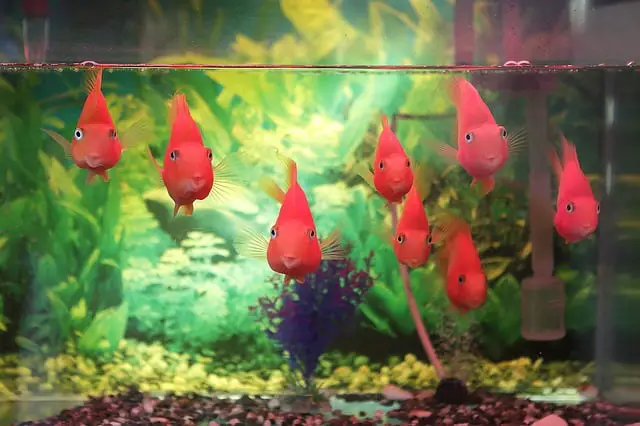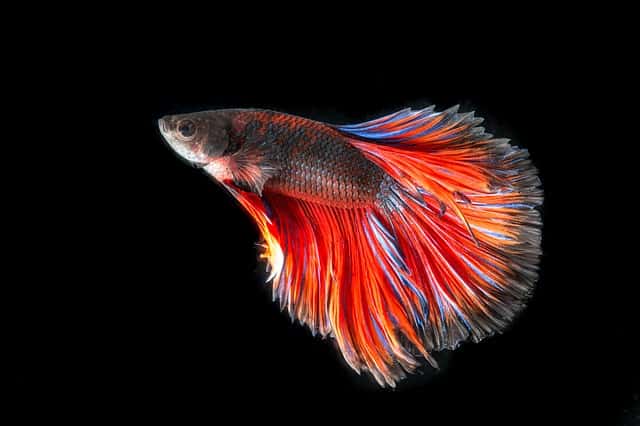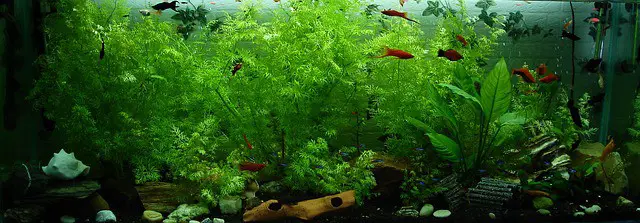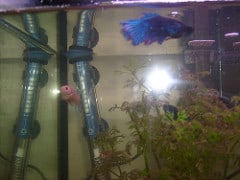A backyard pond is a wonderful addition to any home. It provides a natural and relaxing outdoor oasis that’s aesthetically pleasing while providing a habitat for fish and other wildlife. The key to a healthy pond environment is clean water that’s well oxygenated. But how do you add oxygen to a pond?
There are 3 main ways to increase oxygen levels in a pond. These include installing an air pump, adding live plants, and using rainwater. Both fish and plants need oxygen to survive, hence why a stable aquatic environment depends so highly on oxygen.
Now that you know the importance of dissolved oxygen in a pond, let’s explore this topic further. I’ll explain how to aerate one both naturally and artificially. I’ll also discuss the ‘best’ ways to increase oxygen amounts, how to test oxygen levels, and whether you can have too much oxygen in a pond.
Now, if you’re ready to learn more about the benefits and methods of aerating an outdoor pond, then let’s get started!
How Do You Oxygenate a Pond Without a Pump?
Electrical air pumps aren’t the only ways to oxygenate a pond. Solar pond aerators, for example, are a great alternative. Like solar fountain pumps, they use energy from the sun to aerate the pond. The main difference, however, is that they go beyond simply agitating the surface and instead pump air directly into the water by way of tube and diffuser.
Another way to oxygenate a pond without a pump is to add a fountain. Fountains work by breaking the surface of the water continuously to naturally introduce oxygen into the aquatic environment. Though costly compared to other aerating methods, fountains provide an extra relaxing and attractive element to any outdoor pond or water garden.
How Do You Oxygenate a Pond Naturally?
Adding live plants to the water is the most natural way to oxygenate a pond. Greenery works to boost oxygen levels without the need for electricity or other expensive equipment. Not only do plants add life, color, and texture to any water garden, they also help feed the fish dwelling in that environment. Plants also naturally remove toxins from the water, keeping it clean, clear, and safe for all aquatic inhabitants.
What is the Best Way to Oxygenate a Pond?
The ‘best’ and most effective way to oxygenate a pond (in my opinion) is by adding an air pump. Easy to install, safe and economical, air pumps provide the necessary oxygen needed for fish and aquatic plants – no matter the weather conditions. This device is a vital component for deeper ponds and will ensure a steady, adequate supply of oxygen to keep your pond inhabitants healthy and the water crystal clear!
For even better results, consider investing in a pond powerhead as well. This electrical device is great at circulating stagnant water as well as reducing build-up caused by debris and decaying plant matter. In addition, powerheads are especially useful during the summer when oxygen in the water depletes faster on account of the heat.
Does Rain Add Oxygen to a Pond?
Rainwater is a natural way to add oxygen to an outdoor pond. The dissolved oxygen molecules found naturally in the water are highly beneficial for both fish and plants in a pond environment. Best of all, rainwater is free of chlorine and ammonia which are often found in tap water. These chemicals must be treated or filtered out in advance otherwise your fish and plants may suffer or die.
How Much Oxygen Does a Pond Need?
While pond oxygen concentrations vary depending on the size and number/type of inhabitants, the typical range is somewhere around 0.001% or between 8 and 12 parts per million. Anything less than 3 parts per million and fish will become stressed. Conversely, having too much dissolved oxygen in a pond can be problematic as well – see below under subheading entitled: Can You Aerate a Pond too Much?
What Causes Lack of Oxygen in a Pond?
The most common causes of oxygen depletion in an outdoor pond are often weather-related. A lack of sunshine, too many cloudy days in a row, and high winds mixing with the water will all result in lowered oxygen levels.
Over-populating the pond, the sudden death of aquatic plants, and a faulty air pump or filtration system are other possible culprits for reduced amounts of oxygen. For these reasons alone, it’s imperative that you observe your pond closely and test the water regularly.
Is Waterfall Enough Aeration for a Pond?
A waterfall feature will indeed help aerate a pond – though it has its limits. If your pond is shallow and small, then a waterfall will break up the surface just enough to circulate the water and introduce vital oxygen. If your pond is deep and larger, however, a waterfall alone won’t do the job and you’ll need to add air diffuser or stone.
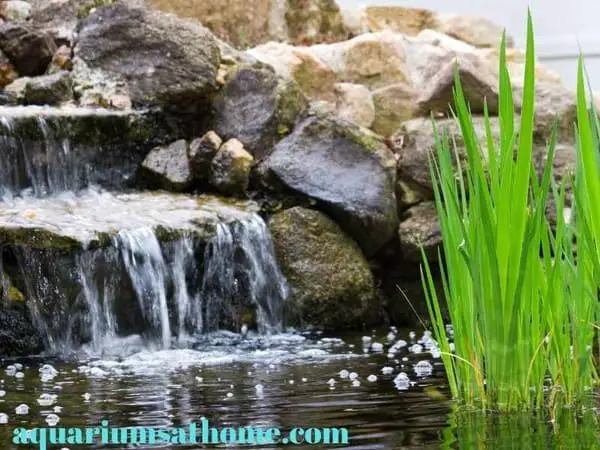
How Do I Test My Pond for Aeration?
Making sure your pond has enough dissolved oxygen requires you to test for it regularly. Should you notice your fish gasping at the surface, then chances are they’re not getting enough oxygen. At this point, follow the 5 steps listed below:
- Begin by submerging the water testing kit’s sample bottle fully into the pond until there aren’t any bubbles visible on the inside. Bring the bottle to the surface, seal it with the cap, and wipe it dry with a towel.
- Open the bottle and add the manganese sulfate to the water first followed by the alkaline iodide – both are provided in the testing kit. Read and follow the instructions carefully as to how much of each chemical to use.
- Replace the cap securely and shake the bottle gently to mix the chemicals. If dissolved oxygen is present in the water, a brown substance known as floc will form. Place the bottle down and allow time for the floc to settle. Then, shake the bottle once more to see if more floc forms.
- Once all the floc has settled, open the bottle again and add the sulfamic acid provided with the testing kit – follow the instructions given carefully. Recap the bottle and shake it again gently. The floc should dissolve, resulting in the water turning yellow.
- Take the measuring tube provided with the kit and fill it with the water mixture from the bottle. Add liquid sodium thiosulfate to the tube a little at a time using a dropper. Count each drop as you go, counting slowly and then stopping once the water turns from yellow back to clear.
To get the level of dissolved oxygen in milligrams per litre, divide number of sodium thiosulfate drops you counted by 2. Though it depends upon the size and state of the pond, it’s recommended that you have at least 6 milligrams of dissolved oxygen per litre of water.
Can You Aerate a Pond too Much?
The key to aeration in a pond is moderation. You don’t want too much oxygen in the water as this will cause supersaturation – when the concentration of oxygen is more than the water can hold. This can lead to gas bubble disease in fish. The telltale sign that you have too much oxygen in your pond is tiny bubbles forming in the eyes, fins, or gills of your fish.
Conclusion
To summarize, installing an air pump, adding live plants, and using rainwater are 3 ways to increase oxygen levels in pond water. Oxygen is vital to both fish and aquatic plant survival so you must test it regularly to ensure it’s at optimal level. If your fish are gasping for air near the surface, then the water is likely oxygen deficient.
I trust this article has answered your questions regarding the significance of well-aerated water for pond inhabitants. Thanks for reading and good luck with your outdoor pond endeavors!
Related Posts
How Do You Control Algae in a Pond? (Causes and Fixes)
How Small Can a Koi Pond Be? (Is Bigger Better?)
How to Get Rid of Frogs in a Fishpond?
Can a Fish Actually Drown in Water?
Can a Fish Tank have too much Oxygen?



